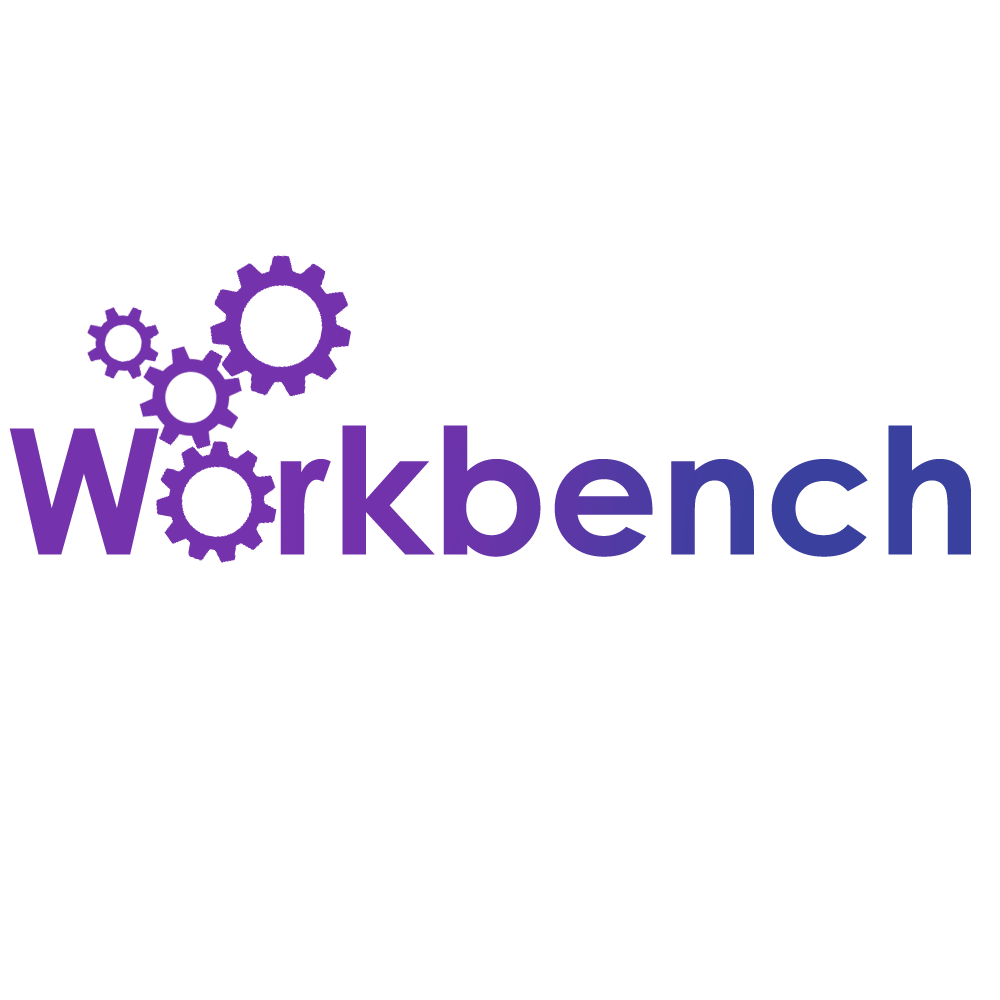This week, one of our primary goals as a team was to present during Quarters at the ETC. Quarters presentations are a way for a team to get early input from the ETC faculty, in a bid to help shape and guide the project as it evolves over the semester. Our team used this as an opportunity to share some of the work we have done with the faculty, as well as receiving as much helpful feedback we can on the different types of challenges we envision our project facing as we create our game. Through this process, we received a range of helpful feedback and thoughts from the faculty which will allow us to better plan the direction our semester will be taking as time goes on.
We also ran three types of playtests, and gained key takeaways not just from the data points we received, but also on our playtesting process itself. Since one of the additional facets which has increasingly evolved over the semester has been design, we decided to use a prototypes-playtest-iteration model. This week, we ran playtests to help us decide on the Streamer’s playable character, as well as models for the Mech units which our game will have. The team will use the data from these playtests to further aid our design decision; we will also internally plan out the scope of using this specific character, and lastly, will take any input our client may have onboard before making the final decision.
Our plans for next week involve diving deep into playtest and design plans for the semester, and sharing those with our client to help us create a model for quick prototype turnarounds. In this way, we hope that we will be able to create a vertical slice which serves as a technical showcase not only for Lumberyard and Twitch, but the possibilities for students and Unity-trained developers to use those platforms for a unique idea.
We looked into and discussed the feedback from Quarters on the art side. For example, we considered the stylistic art style an important choice we made and decided to dig deeper into how it helps us in developing this game.
We also finished adding details to the first environment concept – the overview of the city. Based on feedback from the client, we will be making more concept art as well as props/assets concepts in the following week to flesh out our idea more.
Regarding some follow-ups on our Gold Spike, we created a simple original animation for further testings on importing animation into Lumberyard. In the Gold Spike we learned how to import animation by importing downloaded animation to models. Now we have an understanding in how to deal with original animation and how to import them into Lumberyard.
As we went playtested, we started to get a general idea of what the audience characters’ mechs will look like. One thing we kept in mind, which is another suggestion from Quarters, is to take design balancing into consideration, instead of only playtesting the visuals of the characters. We will finalize the types of mechs after meeting with our client, and start to make concept art for them.
This week was light on tech as the team was overall more focused on designing and playtesting game elements. We started looking into Lumberyard’s Physics system, especially triggers, collisions, forces, and projectiles. We will be continuing this through the next week. We also looked into how to switch levels in Lumberyard.
Taking into account all the feedback we received and concerns that were raised in Quarters, we now have a better understanding of what direction to take both in terms of the game and the technical documentation. We will start creating prototypes to test out gameplay mechanics over the next few weeks.

